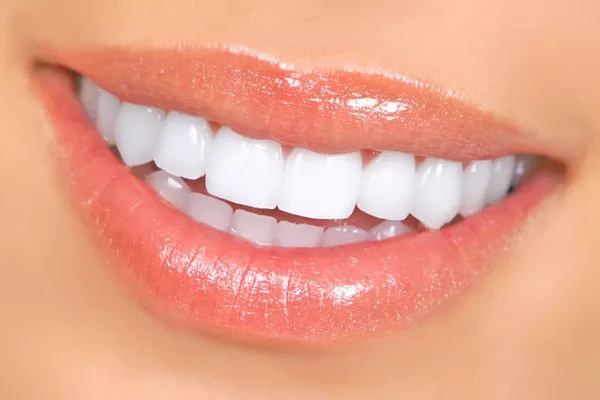In the pursuit of a radiant and confident smile, many individuals turn to at-home teeth whitening solutions. White strips have gained popularity as an effective and convenient method for achieving a brighter smile without the need for expensive dental procedures. In this comprehensive guide, we will delve into the art of using white strips, providing you with step-by-step instructions and valuable tips to enhance your dental care routine.
Understanding the Basics: How White Strips Work
White strips typically contain a peroxide-based gel that works by penetrating the enamel to break down stains and discoloration. The active ingredients, usually hydrogen peroxide or carbamide peroxide, react with the molecules causing discoloration, leaving your teeth looking brighter and whiter. It’s essential to understand this process to make the most of your at-home teeth whitening experience.
1.1 Selecting the Right White Strips for You:
Not all white strips are created equal. Some are designed for sensitive teeth, while others boast advanced whitening formulas for faster results. Consider your specific needs and preferences when choosing white strips. Reading product reviews and consulting with your dentist can provide valuable insights into which brand or type suits you best.
1.2 Following a Consistent Routine:
Consistency is key when using white strips. Incorporate them into your daily dental care routine, whether it’s in the morning or evening. Most white strip packages come with a recommended usage schedule, so be sure to adhere to these guidelines for optimal results. Skipping sessions or irregular use may diminish the effectiveness of the whitening process.
Preparing Your Teeth for White Strip Application
Before applying white strips, it’s crucial to ensure your teeth are clean and free of any surface debris. This not only maximizes the whitening effect but also prevents uneven results. Follow these steps for proper preparation:
2.1 Brushing and Flossing:
Begin by brushing your teeth thoroughly with a fluoride toothpaste. Floss between your teeth to remove any trapped particles. This creates a clean canvas for the white strips to work their magic, ensuring even whitening across all surfaces.
2.2 Avoiding Food and Beverages:
Refrain from consuming food and beverages that may stain your teeth immediately before applying white strips. Coffee, tea, and red wine, for example, can compromise the effectiveness of the whitening process.
2.3 Drying Your Teeth:
Pat your teeth dry with a clean tissue before applying the white strips. Excess moisture can hinder the adhesion of the strips and reduce their overall efficacy.
Pro Tips for Optimal Results
Achieving a dazzling smile with white strips involves more than just application. Implementing these pro tips can enhance your overall teeth whitening experience:
3.1 Avoiding Overuse:
While it may be tempting to use white strips more frequently for faster results, overuse can lead to tooth sensitivity. Stick to the recommended usage guidelines to balance effectiveness and oral health.
3.2 Monitoring Sensitivity:
Pay attention to any signs of tooth sensitivity during and after using white strips. If you experience discomfort, consider using a toothpaste designed for sensitive teeth and reduce the frequency of white strip application.
3.3 Maintaining Oral Hygiene:
Incorporate good oral hygiene practices into your routine, including regular brushing, flossing, and dental check-ups. This not only complements the effects of white strips but also contributes to long-term oral health.
In conclusion, mastering the art of using white strips involves understanding their mechanism, selecting the right product, and following a consistent and thorough application routine. By incorporating these tips into your dental care regimen, you’ll be well on your way to achieving a brilliantly white and confident smile. Remember, a dazzling smile begins with the right knowledge and the right techniques.
Related Links:
Do whitening strips work after one use?
What not to Do after using whitening strips?
How much to bleach teeth at dentist?






























